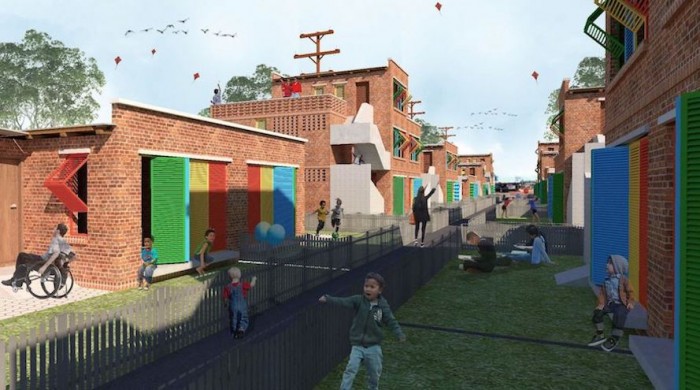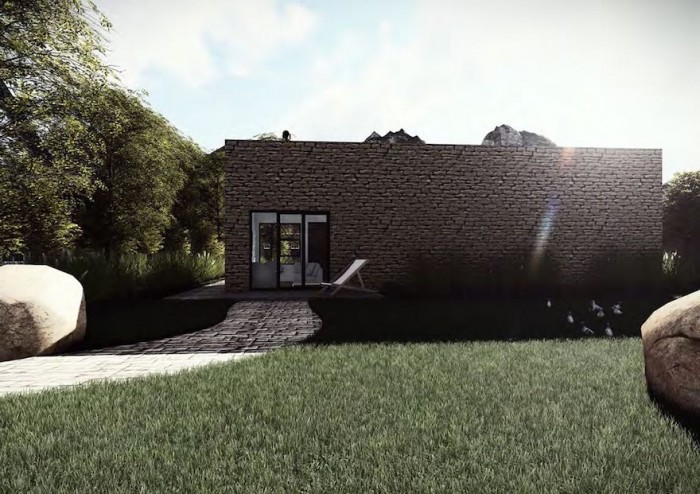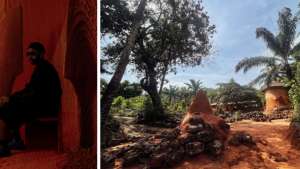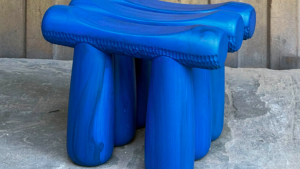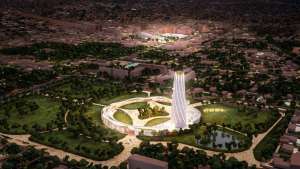This architectural design competition is aimed at bridging the gap between entrepreneurship and architecture in Lesotho while also helping with the housing crisis.
To keep up with the current population growth, Lesotho will need to be building 5,195 affordable houses per year by the year 2025.
This works out to about 14 houses per day. But according to the National Housing Policy, the cheapest price of a newly built house by a developer will cost about R175 000.
This is where "r.i.se in the city" comes in.
They bring young architects in Lesotho and around the world together with architectural firms that mentor them and sponsors who can help fund the projects.
The brief challenged entrants to design a high-quality, sustainable, and energy efficient home, which is very important in Lesotho where the winters are extremely cold.
The jury, which consisted of renowned architects including Design Indaba Conference 2019 speaker Mariam Kamara of atelier masōmī and united4design, sought designs that would allow the home to be scaled up.
The response to the competition included more than 150 applications from 39 countries, 100 internationally renowned architectural firms volunteering their time as mentors, and 38 sponsors.
The six shortlisted designs were submitted by Tanmoy Dey (Bangladesh); David Kwantwi-Mensah (Ghana); Tumelo Lerata (Lesotho); Sixin Liang (Italy); Amanda Saputri (Indonesia); and Gogo Zhu (China).
The winning entry (above) was by Dey.
The jury said they especially liked that the simplicity of the plan meant it could be expanded vertically. They added that the building could also evolve into a more urban and dense environment with a good public street presence and an interior with enhanced privacy.
But it was Lesotho's own Lerata, a graduate of the Lerotholi Polytechnic in Maseru, who won the people's choice as well as the most promising design.
His mentor for his design (below) is Benjamin Porto of New York City-based Snarkitecture, and his sponsor is The Durst Organisation.
Lerata says the design is heavily inspired by the African rondavel and modern buildings.
"In the past, for a man to build a house, it was not about how much money he has in the bank but about collecting readily available materials and use them to create a home.
"Taking Lesotho into consideration the country is blessed with a lot of readily available sand stone but most new buildings are constructed in concrete blocks. If we can try to find unity and a way for vernacular architecture to work together with modern architecture, we would be able to have a huge drop in building costs and with the use of modern day technology, equipment and building skills we will still be able to achieve the aesthetics of a modern building."
This is especally important in Lesotho because nearly 70% of households earn an average of R1000 per month. This means they can only afford a home that costs about R52 000.
The shortfall means that many people have been building their own homes out of necessity.
He says the design sector in Lesotho is still in its early stages as people still think architecturally designed buildings are for the rich.
"But actually architects can have the best impact on low-cost projects. There are very few fully licensed architects in Lesotho and the knowledge of modern architecture is limited. Back in the early days you would find that clients would go straight to a contractor and it was hard to find clients as people used to think that in order to build, you just need a contractor," he says.
But now with the new Maseru City Council law that requires every building within the Maseru district to have a building permit this will open up the way people look at architects.
He adds: "With the development of a new association for architects in Lesotho (the LAA) and the citizens of the country starting to understand the importance of building permits before construction, I think one would say the design industry in Lesotho is starting to grow."
But for young architectural practitioners it is still hard to get places to further their experience due to the lack of architectural firms in the country.
"The economy of the country and things like the political instabilities the country was going through, they have a way of affecting the architectural sector in the country but with more programs like in loco and rise in the city, the architectural sector in Lesotho will grow even further from where it is," he says.
More on affordable housing:
Five Design Indaba Conference alumni on how the role of architecture is evolving in society.

